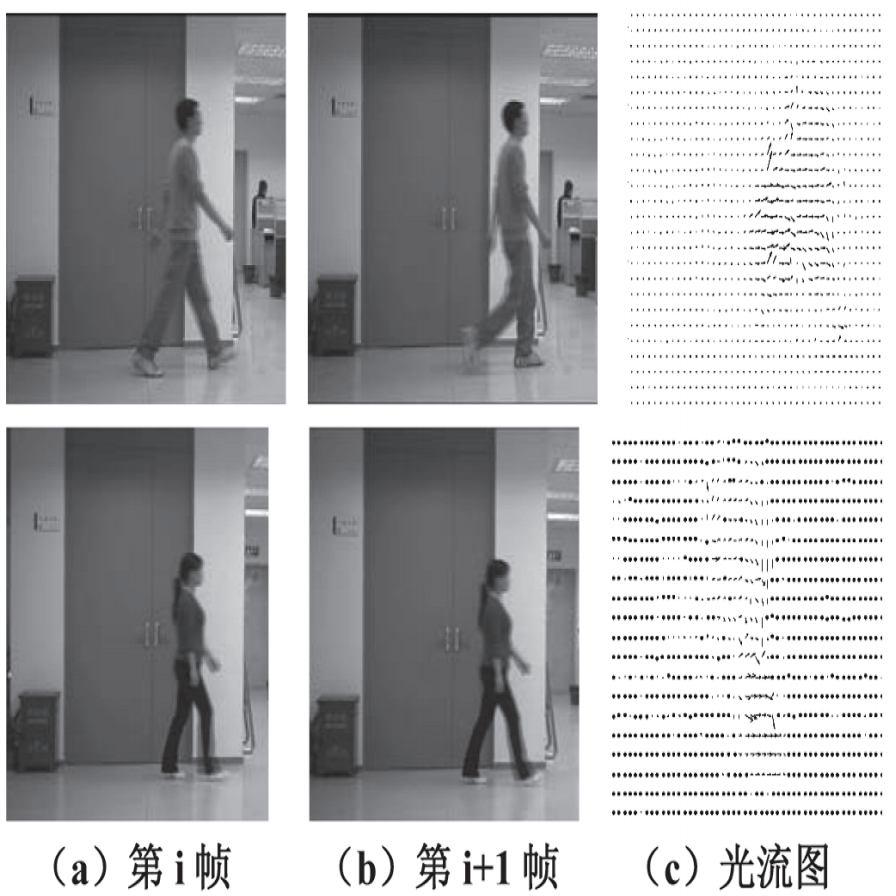CAPTCHAs protect against resource misuse and data theft by distinguishing human activity from automated bots. Advances in machine learning have made traditional image and text-based CAPTCHAs vulnerable to attacks, leading modern CAPTCHAs, such as GeeTest and Akamai, to incorporate behavioral analysis like mouse trajectory detection. Existing bypass techniques struggle to fully mimic human behavior, making it difficult to evaluate the effectiveness of anti-bot measures. To address this, we propose a diffusion model-based mouse trajectory generation framework (DMTG), which controls trajectory complexity and produces realistic human-like mouse movements. DMTG also provides white-box and black-box testing methods to assess its ability to bypass CAPTCHA systems. In experiments, DMTG reduces bot detection accuracy by 4.75%-9.73% compared to other models. Additionally, it mimics physical human behaviors, such as slow initiation and directional force differences, demonstrating improved performance in both simulation and real-world CAPTCHA scenarios.
翻译:暂无翻译





